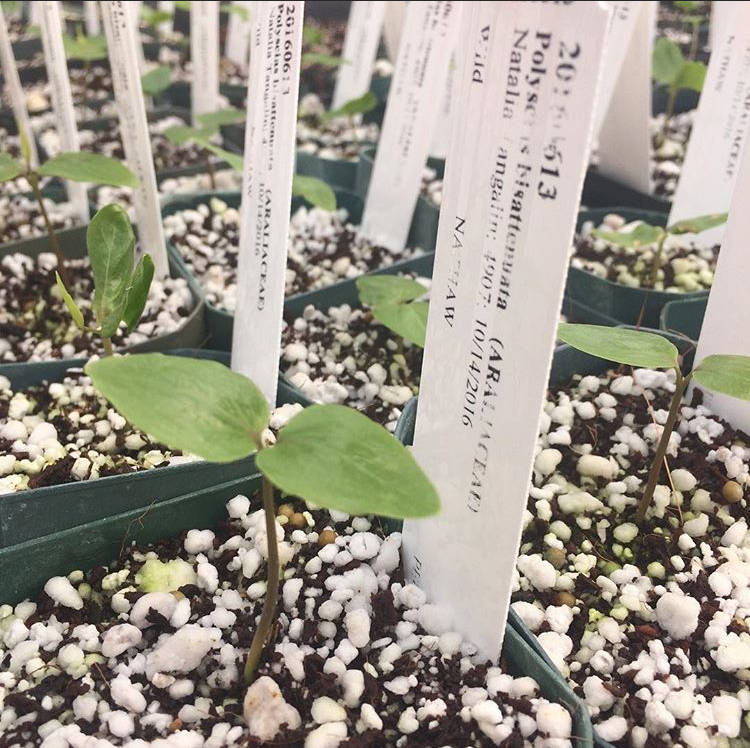LIHUE — Rare plant protection is up for debate at the U.S. Senate, thanks to Sen. Mazie Hirono (D-HI) and a team of other legislators that have introduced the Extinction Prevention Act.
Arriving on the Senate floor on December 19, the bill would create four separate funds for the conservation of plants in the Pacific, freshwater mussels in the United States, desert fish in the Southwest United States, butterflies in North America and “other purposes”.
As of Monday, the text of the bill hadn’t yet reached the Library of Congress, but in a release about the bill, Hirono highlighted the importance of Hawaii’s 350 federally listed plants and the need to preserve them.
““The growing threat posed by climate change means these plants are especially vulnerable, and we need to act now to prevent them from disappearing forever,” Hirono said. “The Pacific Islands Plant Conservation Fund that this bill establishes would provide critical resources to prevent our most sensitive plant species from going extinct.”
Introduced in partnership with Senators Richard Blumenthal (D-Conn.), Jeff Merkley (D-Ore.), and Jacky Rosen (D-Nev.), the bill would provide $30 million over six years to just the Pacific Islands Plant Conservation Fund.
That money would be divided among applicants from states, tribes, research institutions, nonprofit organizations, or authorities that manage habitat that is home to the targeted group of species.
Priority would be given to projects with a local funding match and funds would be targeted to on-the-ground efforts to prevent the most sensitive species from going extinct, according to Hirono’s office.
Competing for that federal grant money would be organizations and programs like the Plant Extinction Prevention Program, a University of Hawaii project that is managed and supported by the Hawaii Division of Forestry and Wildlife (DOFAW) and the U.S. Fish and Wildlife Service.
Should the senate bill be funded as written, PEPP and DOFAW would “certainly apply” for those funds to expand ongoing efforts.
They need more staff to help with PEPP work, which is often conducted in remote nearly-inaccessible mountainous areas.
“Increased funding for staff will allow us to survey in areas where more plants may be found and secure seed collections from the last remaining individuals,” said Department of Land and Natural Resources spokesman Dan Dennison. “This will also support restoration efforts to plant these species back into areas now protected from impacts of feral ungulates and invasive species.”
After the decade of work done in Hawaii to protect native habitat and secure seed collections, Dennision said DOFAW and PEPP are “primed to begin restoration on a large scale statewide” and the money would help with that effort.
David Smith, DOFAW administrator, pointed out DOFAW is charged with protecting 45% of the nation’s endangered plants in rugged and remote territory. He also said that extra money would help.
“We are excited at the potential funding this bill could bring to increase our capacity to prevent the extinction of hundreds of nationally important plant species,” Smith said.
On Kauai, DOFAW staff and PEPP botanists work together to survey for, monitor, protect, and collect from Hawaii’s rarest plants, those with less than 50 individuals remaining in the wild.
There are currently 238 plant species on the PEPP list. Seventy-seven of these are known from Kauai, more than any other island, according to experts.
In the last year, PEPP staff on Kauai worked with NTBG to rediscover an extinct species: Hibiscadelphus woodii, a hibiscus plant nestled on a ridge along the Na Pali coast.
Additional funds would help support partnerships like these in other areas of Kauai and statewide.





